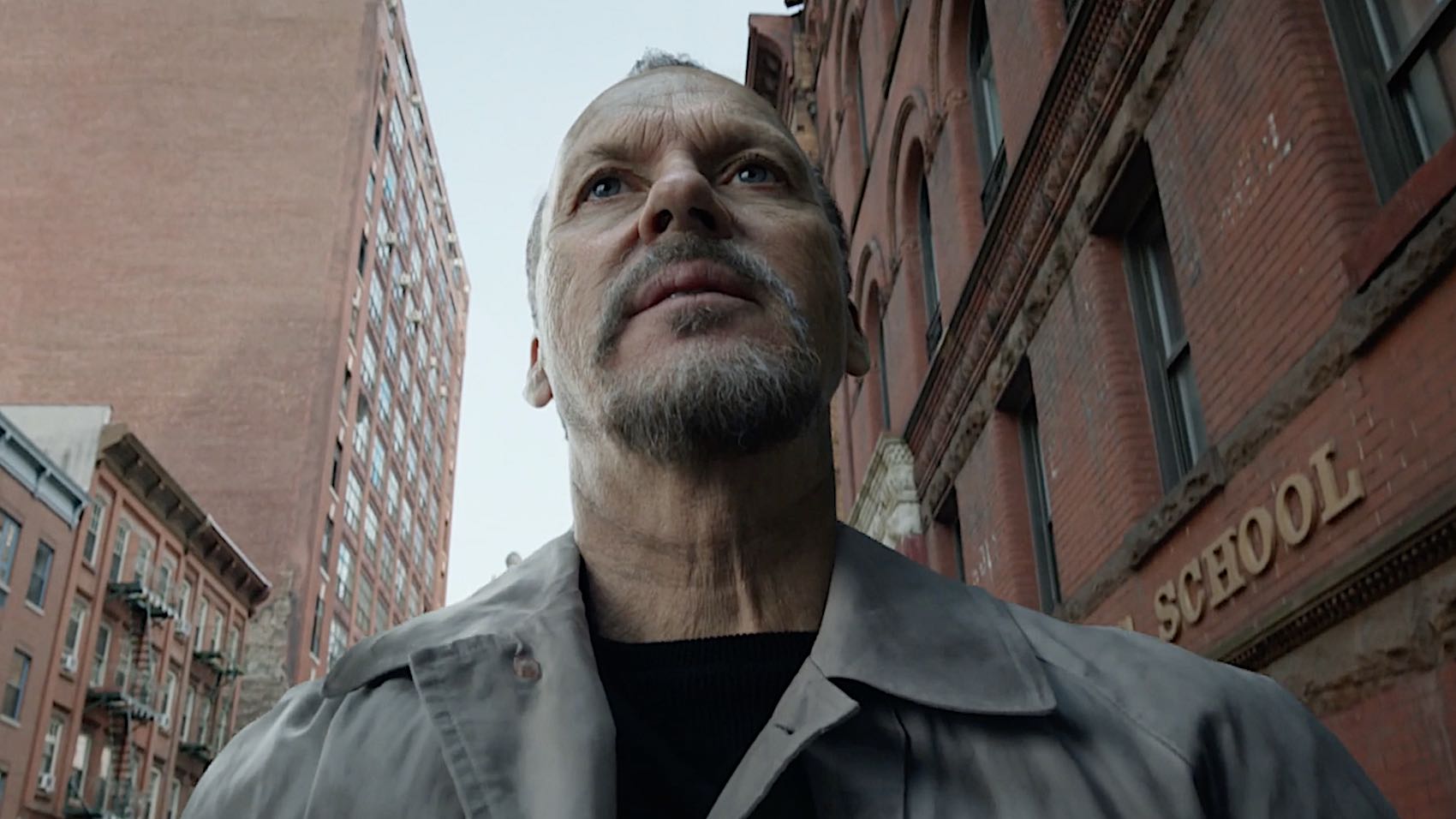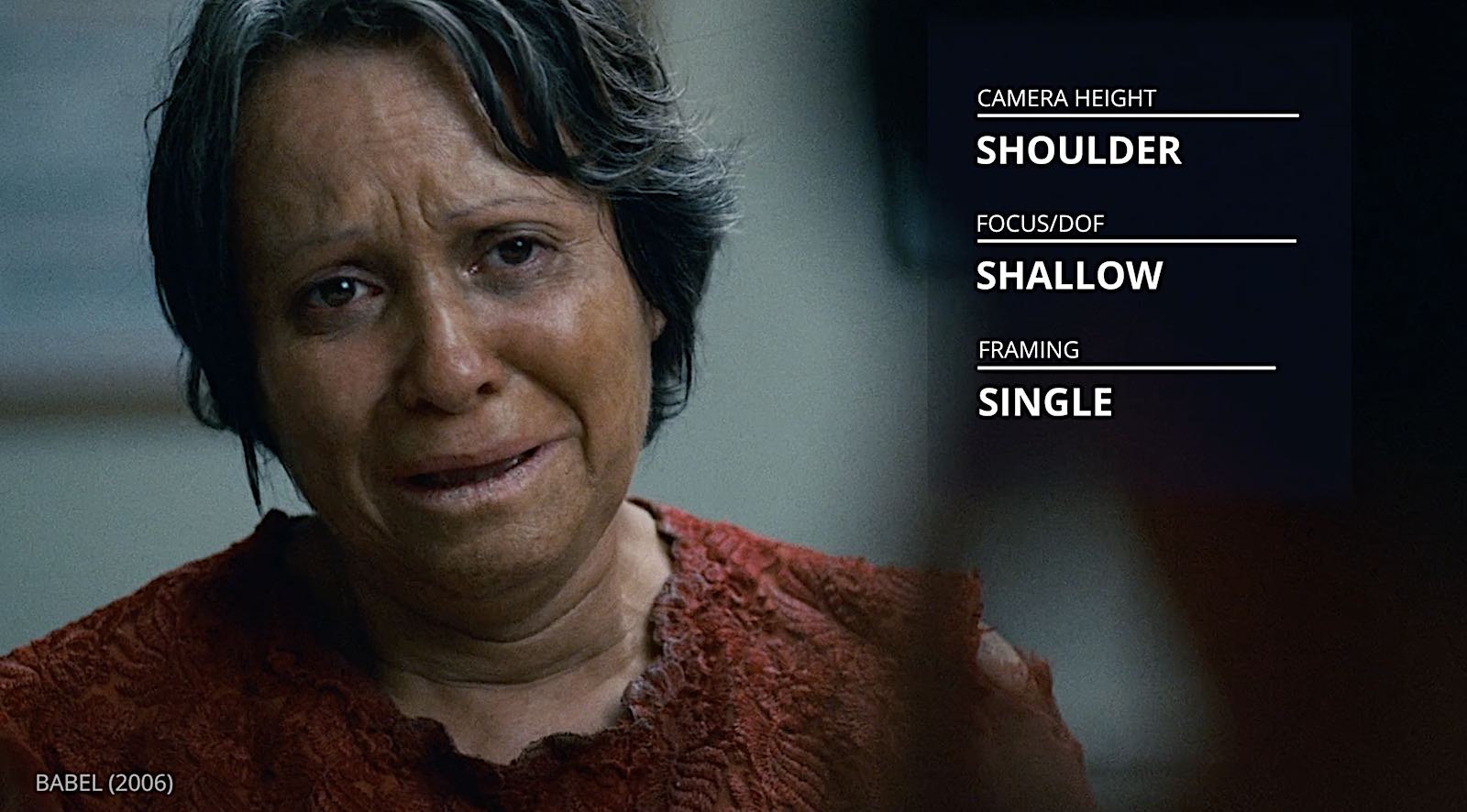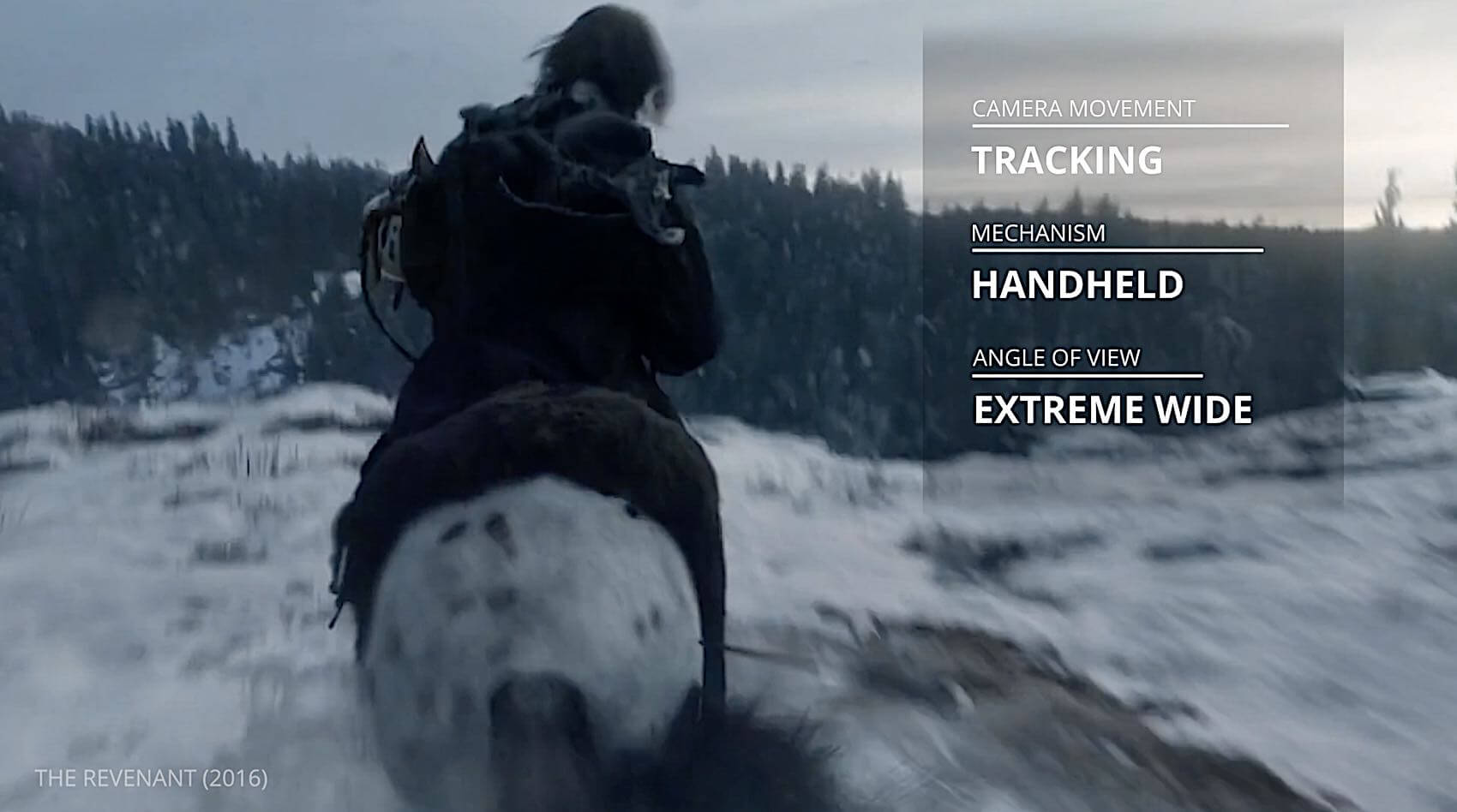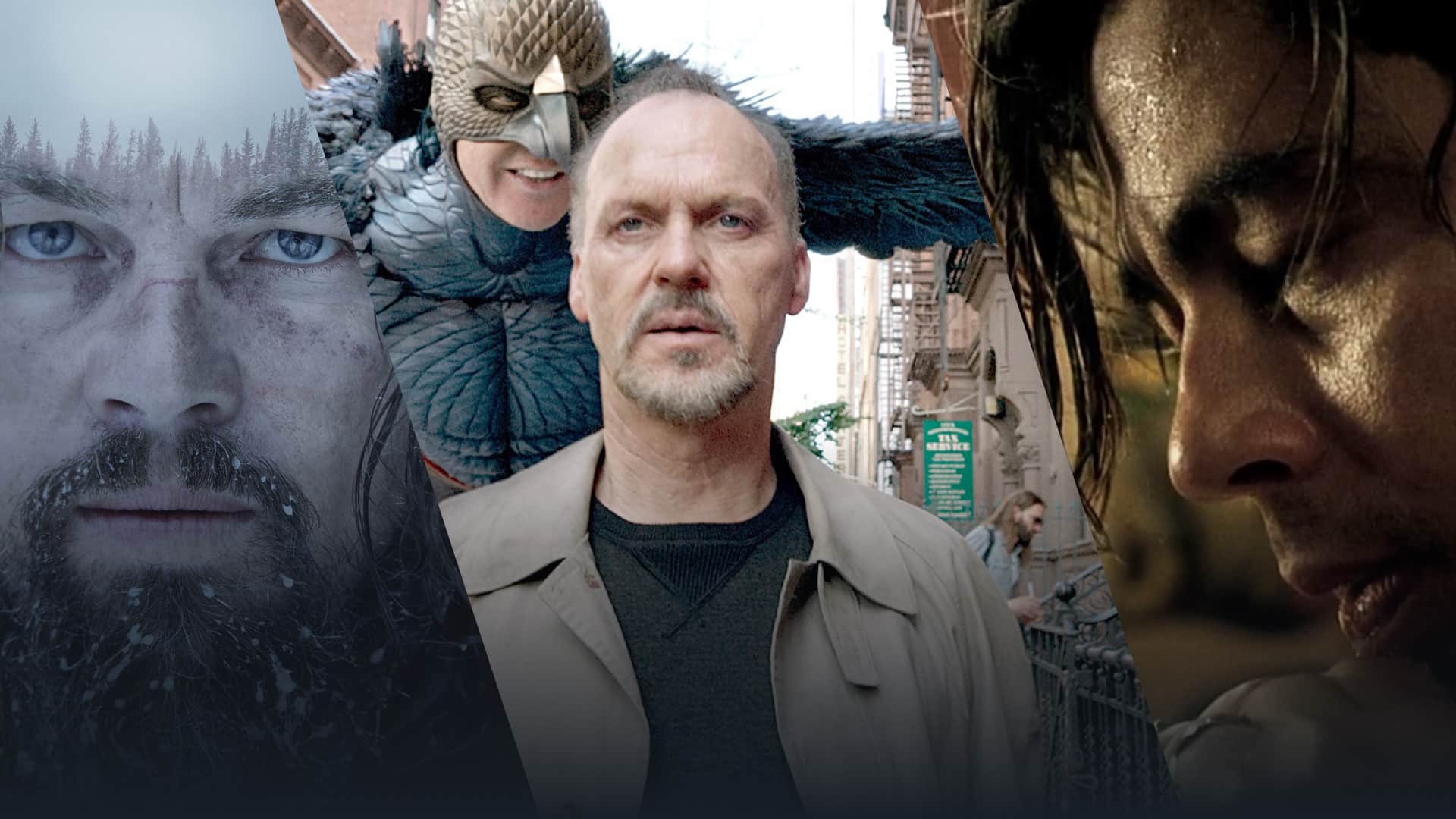Filmmaker Alejandro Gonzalez Inarritu has said, “Fear of the unknown is a great creative partner.”
Throughout Inarritu’s filmography the director has continually embraced the uncertainty of life’s moments; allowing his audiences to cry with joy and scream with fear.
Here are four ways Inarritu’s shooting style influences the emotions of his narratives.
Watch: How to Create a Shot List Like Alejandro Gonzalez Inarritu
Mastering the Shot List: Alejandro González Inarritu
Sweeping long takes
If there’s one thing that Alejandro Gonzalez Inarritu movies are effective at it’s building tension.
Traditionally when it comes to moments of action, editing is employed to heighten the suspense of a scene.
Iñárritu however takes the opposite approach, employing long takes so that the audience must linger in moments of danger.
Consider The Revenant for example.

Iñárritu films force an audience to remain uncomfortable
Instead of cutting from the destruction of the forest to the war-ravaged individuals, Inarritu lets the scene play out uninterrupted.
Violence and fear unfold on screen, and the lack of editing adds to the disorientation.
Ultimately the audience doesn’t know where to focus, making them all the more frightened about what could happen next.
MASTERING THE SHOT LIST: ALEJANDRO GONZÁLEZ INARRITU
Extreme low angles
In film , low angles serve the purpose of making characters seem dominant, aggressive or ominous.
Although Alejandro Gonzalez Inarritu movies recognize this strategy, they also tend to focus more on revelation than aggression.
For Iñárritu it’s about power; whether that be power lost or gained.

The Birdman director uses low angles to explore power
In Birdman, Riggan, quite literally, escapes the anxieties of his current situation and begins adopting a new perspective on life.
In Inarritu films, this cinematic technique is the perfect representation of the optimism and confusion of his characters.
MASTERING THE SHOT LIST: ALEJANDRO GONZÁLEZ INARRITU
Visceral close-ups
When it comes to conveying character emotion, close ups tend to be the go-to shots for filmmakers.
In the case of Alejandro Gonzalez Inarritu movies, close ups allow the audience to submerge themselves in the most harrowing elements of a character’s being.
What makes Iñárritu films stand out even more is that his close-ups lack the polish of more traditional studio movies.
In these moments, Iñárritu movies embrace imperfection. The flaws of a character come center stage, serving as a physical representation of their troubled state.
Take Babel for instance.

Alejandro Gonzalez Iñárritu movies utilize close ups to great effect
While being interrogated, the character’s hair remains disheveled, her lips dry and cracked and tears welling in her eyes.
For Iñárritu there is a harmony to every moment, where emotions and physical traits must correlate and complement one another.
These moments are often handheld, so that the audience can better feel the uncertainty and instability of the emotions being dissected on screen.
MASTERING THE SHOT LIST: ALEJANDRO GONZÁLEZ INARRITU
Life, uninterrupted
Alejandro Gonzalez Inarritu movies understand that in life there are no cuts.
Just because a moment may be unfavorable or grotesque, doesn’t mean one has the luxury of looking away.
As with his long takes, Inarritu movies want the viewer to momentarily forget they are watching a film, and lose themselves in the excitement of the scene.

The Revenant director doesn’t let his audience look away
In The Revenant, Hugh Glass is thrown into one harrowing situation after another.
Naturally if a person is attacked by a bear or falls off a cliff, the immediate reaction is to turn away.
Iñárritu though doesn’t want his audience to turn away, and instead forces them to confront some of the most uncomfortable experiences of the human condition.
Ultimately Inarritu films are a reflection of life, in all its glory and devastation.
up next
Rules of Composition: How to Show Deeper Meaning in a Single Frame
Cinema, like other art forms, often has rules placed upon it.
Shots can unfold like this, or plot devices must be utilized like this.
Through Alejandro Gonzalez Inarritu's movies, we see that cinema is a limitless canvas from which we can learn and create from.
As the filmmaker says, “Cinema is an infinite medium, so we should take advantage of it.”
It is Inarritu’s endlessly imaginative attitude that continues to inspire his audiences.
Still Curious? Learn how composition also influences shot design.
Up Next: How to Show Deeper Meaning in a Frame →
Share your vision with elegant shot lists and storyboards.
Create robust and customizable shot lists. Upload images to make storyboards and slideshows.
